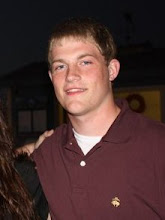For the art world, the past few decades have brought up millions of new grounds on which to demonstrate art. With the rise of computers and the Internet, the physical constructs of art are now forming to visual art, that which resides in the world of the hard drive. Space has grown to become even more important in the computerized environment with hyperformalism. The possibilities are endless in the online world: 2-D and 3-D physical pieces of art have been revolutionized into 4-D, in which the viewer can change perspective with the move of a mouse and truly experience the art through manipulation. But the reality of the art does not change.
William Saroyan said that “the role of art is to make a world which can be inhabited”. But how much of this world can be real versus superficial? Krau’s article maintains the idea that although technology is making art more and more realistic, and it is “not possible for any art to reproduce reality in its entirety, and we must remain aware that there is no objective appropriation of reality”. The two are closely bound, but ever distant. D.C. Spensley delves into the idea of hyperformalism. He also believes that the use of art on the computer can never be reality.

No comments:
Post a Comment